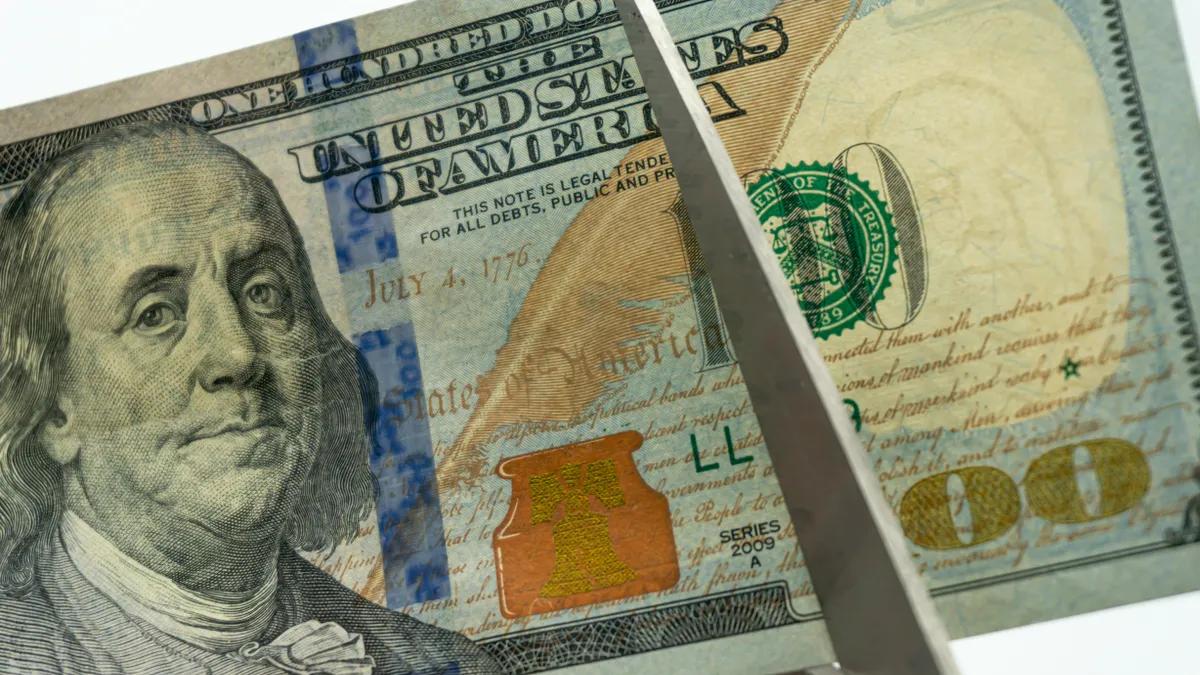Dive Brief:
- The consumer price index slowed to a 4.9% annual rate last month — the smallest 12-month gain in two years — while persisting at more than twice the 2% rate targeted by the Federal Reserve.
- Housing costs, though slowing compared with March, were the biggest driver of rising prices in April, followed by gasoline and the price for used cars and trucks, the Labor Department said Wednesday. Food prices were unchanged from March to April, while the cost of fuel oil and energy services fell.
- Excluding energy and food costs, the so-called core CPI rose 0.4% last month — the same pace as in March — and 5.5% on an annualized basis, a slight decline from 5.6% in March, the Labor Department said.
Dive Insight:
Federal Reserve policymakers since March 2022 have advanced the toughest fight against price pressures since the 1980s, raising the federal funds rate from near zero to a range between 5% and 5.25% in 10 consecutive meetings. Their efforts have gained traction against the all-items CPI but made far less progress with core inflation.
“The economy is responding,” MacroPolicy Perspectives President Julia Coronado said on Wednesday on Twitter, noting easing price pressures for energy and food. “Core [inflation] is stickier and progress slower, but moving in the right direction.”
After raising the main interest rate by a quarter percentage point on May 3, policymakers suggested that in a future meeting they may pause tightening depending on incoming data on prices, the labor market and other factors.
“We’re moving definitely back from a very explicit directive for guidance,” New York Fed President John Williams said after a speech Tuesday, noting that “there are, as Milton Friedman said, long and variable lags in monetary policy.”
“We’re going to be watching the data and making the decisions on a meeting-by-meeting basis,” he said, while noting “we haven’t said we’re done raising rates” and predicting that the central bank will not reverse course and cut the federal funds rate this year.
While the CPI has declined from 9.1% in June 2022, the core measure has fallen at a much slower rate. On an annual basis, the increase in core inflation has outpaced the all-items index since March.
Fed officials more closely track core inflation because it does not reflect swings in food and energy prices.
Williams echoed comments by Fed Chair Jerome Powell after the central bank’s rate hike on May 3 and expressed concern about persistent high inflation in the costs of services excluding housing. Those price pressures probably will not significantly fall until supply better aligns with demand, Williams said.
“This underlying imbalance between supply and demand that is really manifesting itself in this core services excluding housing . . . we will not get that to come down until we restore the balance in the economy,” he said.












